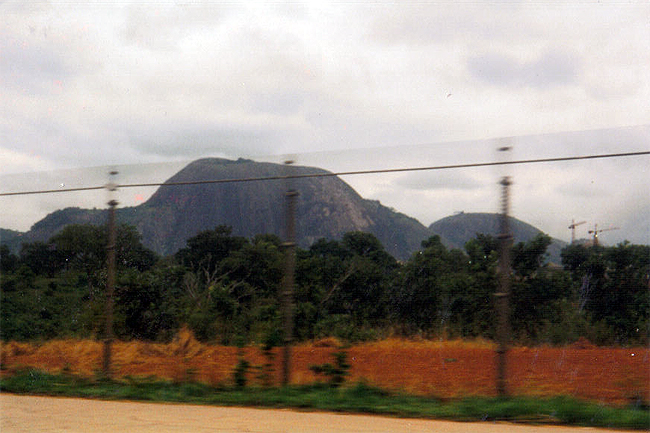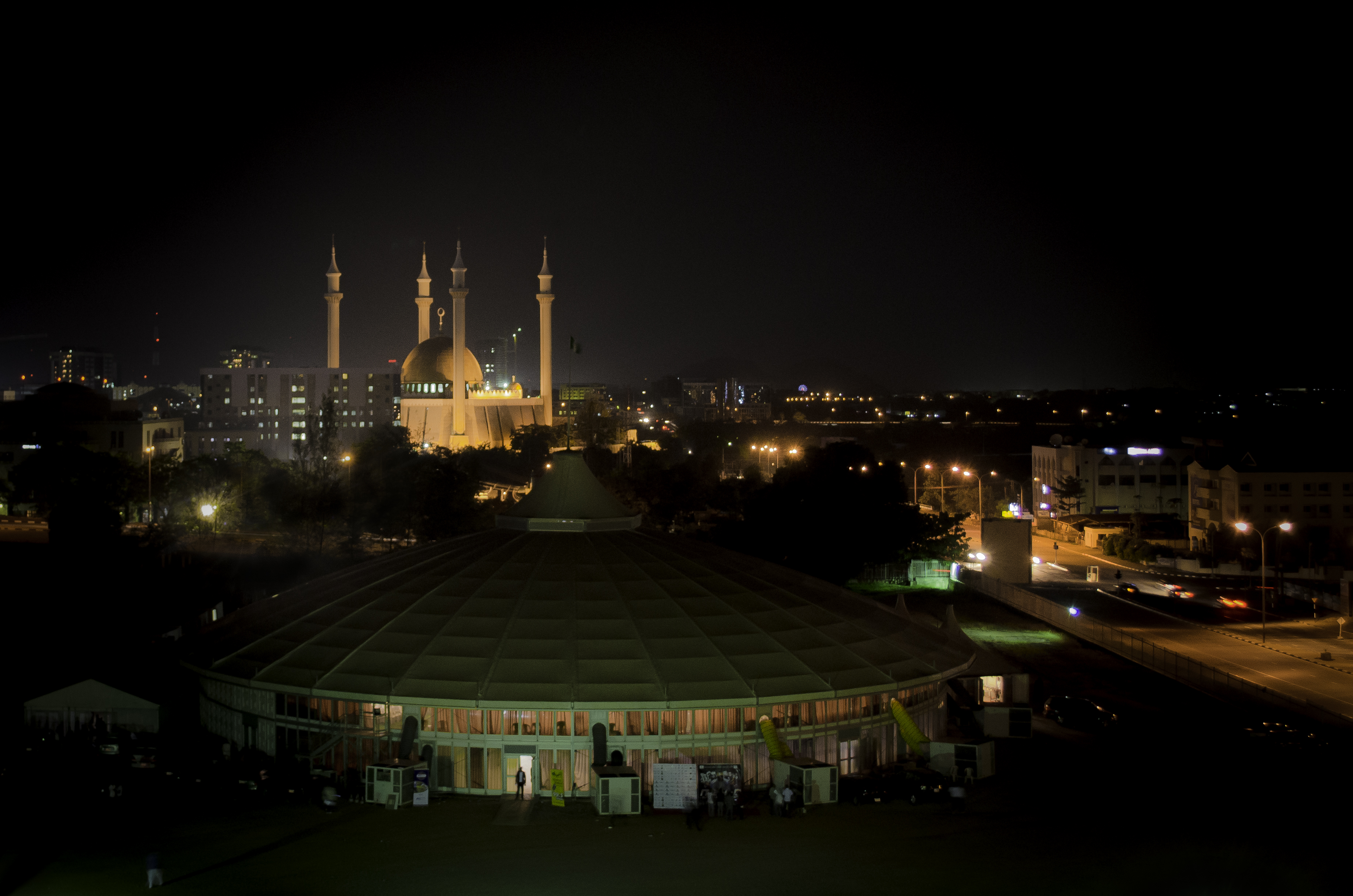Strategically located at the crossroads of Nigeria's ethnic and religious groups, Abuja is home to the country's Presidential Branch, National Assembly, and Supreme Court. The impressive Aso Rock rises majestically over the city's central government district. The diverse architecture of the city is reflected in notable sites like the National Mosque, the National Christian Centre, and the National Stadium. Daily markets throughout the city offer everything from pottery to local fruits and bread.
Abuja is both a Federal Capital Territory within the nation of Nigeria and a city within that territory which serves as the nation's capital. Both were created in 1976, while the city was built throughout the 1980s. It officially became Nigeria's capital on December 12, 1991, replacing the role of the previous capital, Lagos.
Abuja was an entirely purpose-built, planned city. When Nigeria's independence from the United Kingdom necessitated a new capital city, it created not only a city but a new Federal Capital Territory as well. The Abuja Federal Capital Territory, while smaller than other states within Nigeria, is two and half times the size of Lagos City, the former capital. This territory was formed with the express purpose of supporting Abuja city, encircling it within a womb of nature. It is, therefore, virtually impossible to speak of one as separate from the other.
The site for the new capital was chosen because of its central location, easy accessibility, pleasant climate, low population density, and availability of land for future expansion. Not only was a city designed, but an entire environment. Abuja is surrounded by abundant hills, highlands, Savannah grassland, and tropical rainforests. However, the unfortunate reality of Abuja is that the idealistic vision of the new city was not backed by solid planning. Less than 20 years after its completion, there are slums and squatters' settlements in the midst of beautiful modern buildings and homes, occupied by the more fortunate.
History
Since Nigeria's independence from the United Kingdom on October 1, 1960, ethnic and religious divisions required the creation of a capital city in a location deemed neutral to all parties. Also, Lagos's population boom made that city overcrowded and conditions squalid. The site for a new capital was chosen because of its central location, easy accessibility, pleasant climate, low population density, and availability of land for future expansion.
A consortium of three American firms: PRC Corporation; Wallace, McHarg, Roberts, and Todd; and, Archisystems, created a master plan for Abuja. Renowned Japanese architect Kenzo Tange refined the design. Construction began in the late 1970s, but economic and political instability meant the city’s initial stages were not complete until the late 1980s.
Most countries moved their embassies to Abuja while maintaining their larger former embassies as consulates in the commercial capital, Lagos.
City
Abuja, a planned modern city, is located near the center of the territory, approximately 300 miles (480km) northeast of Lagos, the country's largest city and former capital. The city is 1180 feet (360 meters) above sea level. The city has several parks and green areas, with the largest being Millennium Park, which was designed by renowned architect Manfredi Nicoletti and was officially opened by Queen Elizabeth II of England.
Magnificent buildings abound in Abuja. There is the National Mosque with its golden dome glistening in the sun, the bright pink Federal Secretariat Complex, and the Nigerian National Christian Centre. Other landmarks include the Central Bank of Nigeria headquarters, NNPC towers, Abuja International Conference Centre African Hall, Gurara Falls, Eagle Square, the National Assembly building, Abuja Stadium, and the Velodrome, among others.
Abuja has experienced huge population growth, with some areas growing at 20-30 percent. As a result, squatter settlements and shanty towns have spread rapidly in and outside the city limits. The developments on the edges of the city, such as Karu, Durumi, Nyanya, and Maraba, are slums in the shadows of affluence. Many residents in these suburbs have never seen pipe-born water; their drinking water comes from either wells, hand-pumped water boreholes, or even small streams used for bathing.
GALLERY







